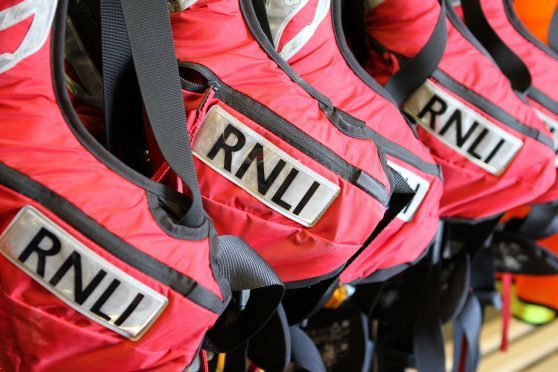Talks are under way at a European level over a more robust testing procedure for life-jackets, following an official investigation last year which concluded that three fishermen may well have survived had their lifejackets worked as expected.
Chris Morrison, 27, from Harris, Martin Johnstone, 29, from Caithness and Paul Allston, 42, from Lewis, drowned when the ‘Louisa’, a 14-metre crab boat, sank while anchored in Mingulay Bay near Barra in April 2016. Another crewman, Lachlan Armstrong, managed to swim to safety.
A report into the incident by the Marine Accident Investigation Branch concluded that the lifejackets did not work as expected as the bodies were found face down in the water.
“A lifejacket should turn an unconscious person onto their back and keep their airway clear of the water,” said chief Inspector of Marine Accidents Steve Clinch.
The MAIB called for a review of the testing regime as an indoor pool, where lifejackets are normally tested, does not properly replicate conditions at sea.
The type of lifejacket used on the Louisa was Cosalt Premier, which are in widespread use across the maritime industry, including on a number of UK passenger ferries.
Following the MAIB recommendation, the Maritime and Coastguard Agency initiated talks with their European counterparts to discuss the possibility of a new testing regime.
An MCA spokesperson said: “The MCA has been working closely with MAIB since the Louisa report was published. We are now in discussion with our European partners with a view to better understanding the issue and to develop a proportionate response to any problems that may be identified.”
A spokesperson for the European Maritime Safety Agency said: “We are aware that this issue has been raised with the European Commission and EU Member States. However, the European Maritime Safety Agency has not been given any related task at this stage.”
